Foveon Images
While there is no convenient Auto ISO mode on the SD14, we quickly discovered that the best ISO speeds for the Foveon sensor ranged from ISO 50 to ISO 400. We did most of our shooting in that ISO range with the 18-200mm OS lens with the image stabilization enabled.
Images on this page represent a broad cross section of images all shot with the 18-200mm lens in a wide variety of lighting conditions. The reach of the 18-200mm for telephoto (35mm equivalent max of 320mm) was really helpful in a few situations.
You can click on any of the smaller images for the full image with embedded EXIF data that can be read with programs like Opanda IExif. The small JPG images are sometimes cropped for a more pleasing composition, but you can click for the full, uncropped image with embedded full data on the shooting parameters.
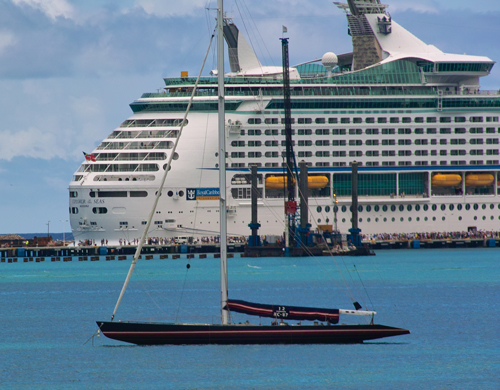 |
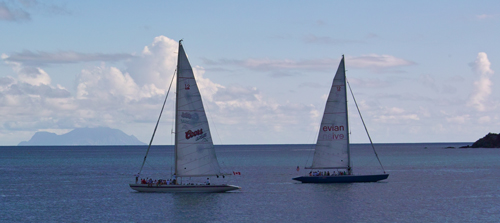 |
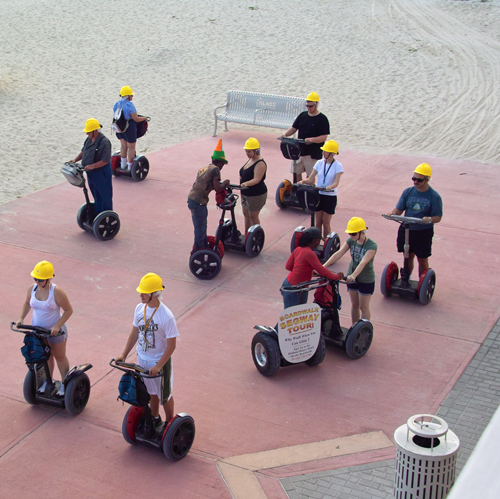 |
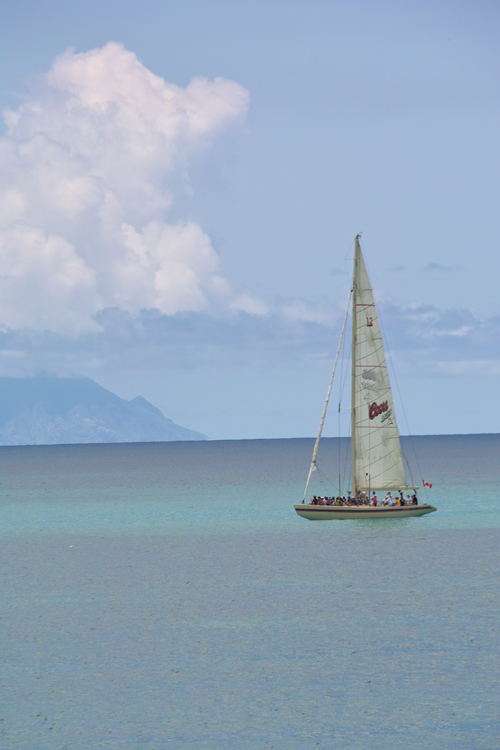 |
 |
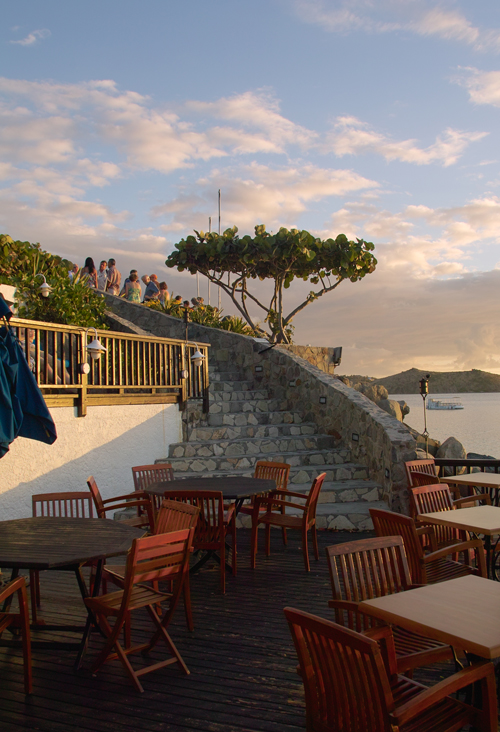 |
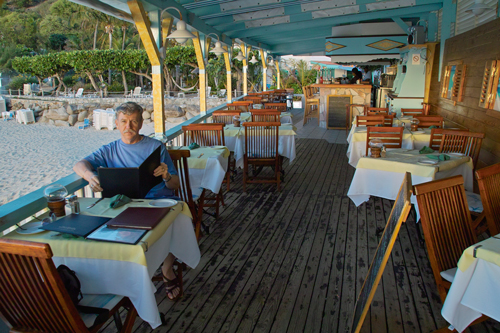 |
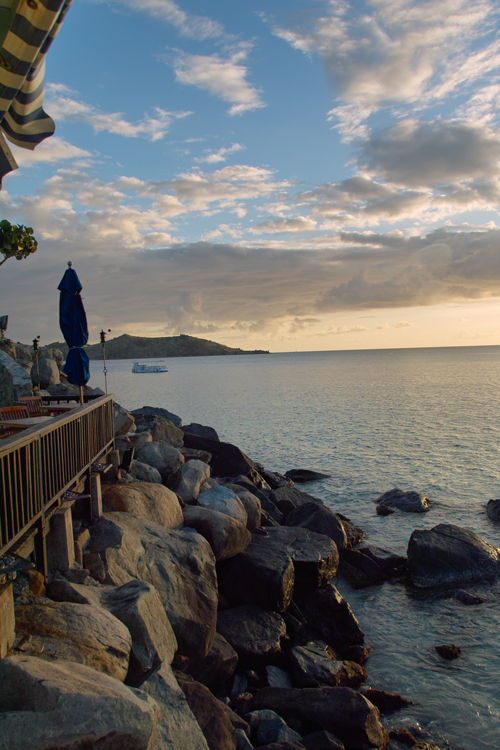 |
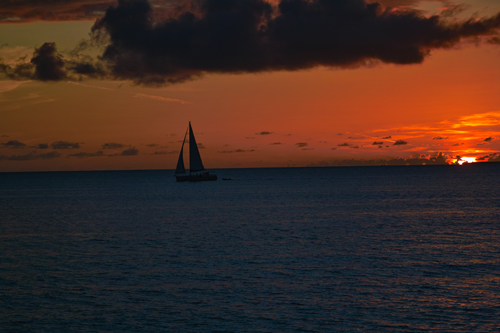 |
 |
 |
 |
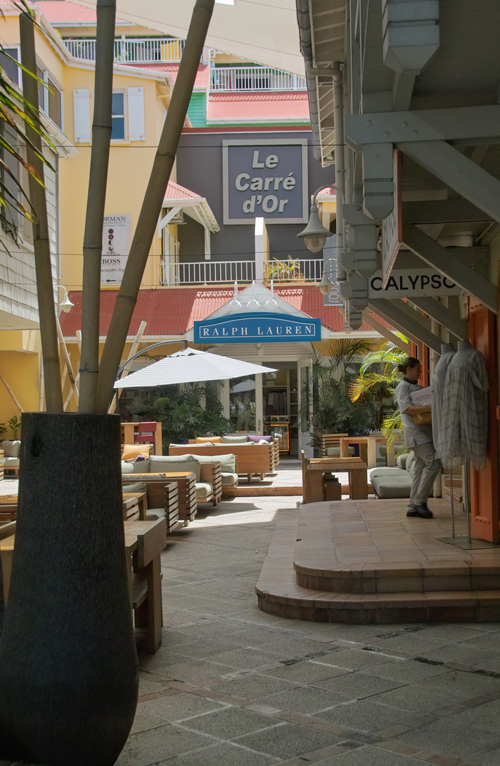 |
 |
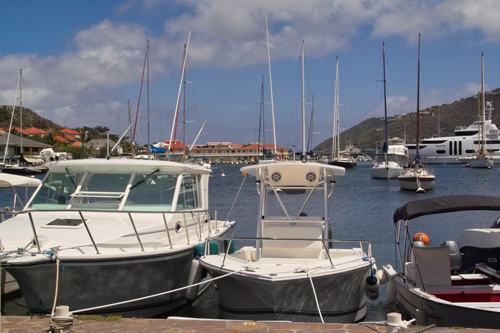 |
 |
 |










20 Comments
View All Comments
melgross - Friday, June 20, 2008 - link
Regardless of what problems the camera may or may not have, I've been wondering for a while now whether Sigma is losing money on the model.We all see other camera manufacturers lower prices on models that have been replaced at their previous level in the lineup, and usually, those cameras disappear after a few months at the low end.
But Sigma has lowered the price far more than has anyone else, and for a low selling model. The actual selling price of the camera is much less than 50% of what it was originally. What's happening here?
Is there some idea of a new model with, after so much time, a new sensor?
A Foveon sensor with an 8, 8, 8 sensor could compete again at higher price levels, esp. if they fix their color problems, and have a more competitive body.
Any sense of this happening, possibly at Photokina this year?
justascot - Friday, June 20, 2008 - link
I wouldn't be surprised if Sigma was losing money at the price that many retailers are currently selling the SD14 but the camera market moves so quickly unless you are one of the big manufacturers the focus will shift to latest and greatest release. Where Sigma do make money is the lens mount. The camera only accepts Sigma mount lenses unless you are either willing to to do a mount conversion or use an adapter. Some users are willing to go to so much trouble in order to have extra lenses at their disposal but most users will accept that they are restricted to Sigma only lenses and if each Sigma SD14 owner invests in only two lenses there must still be a reasonable profit margin there.On the release of the DP1 there was talk that by Photokina there would be more info regarding an SD15 that uses the same sized sensor but addresses some of the issues found in the SD14. Not quite sure what they mean by that but personally in use I've found the current limitations of the sensor adequate for my current needs and I've got used to coaxing it get the best out of it. I don't see the need to upgrade until the sensor improves significantly. If they were to address this area for the model after the rumoured SD15 then I can see myself upgrading because image quality wise it should raise the game again.
Wesley Fink - Friday, June 20, 2008 - link
The Sigma lenses are still great buys compared to the competition. Cameta Camera, who seems to have a special relationship with Sigma in terms of extensive Sigma offerings and terrific pricing, is selling the 18-200mm OS lens for $329. This is about the same price most ask for the non-OS version.The Nikon 18-200mm VR is between $600 and $700 and Canon really doesn't have a comparable lens. In fact the Sigma mount is cheaper than either the Canon or Nikon versions for this same Sigma lens - at least at Cameta.
Some of the Sigma mount lenses, however, do demand a premium over the same lens in other mounts. The smaller market has an impact. However Sigma has a vested interest in selling the cameras, lenses, and keeping the all-electronic Sigma mount alive. That means they likely produce some SD/SA mount lenses knowing their profit will be small or nil in this mount.
justascot - Thursday, June 19, 2008 - link
After reading your previous article on the SD14 I wouldn't have been surprised if that would have been the end of your writings on this camera. Nice to see that I was wrong.It would probably have been an easy decision to take the D300 with you on holiday and possibly would have resulted in more clicks from interested Nikon users but I doubt anything would have been learned that has not already been said before so the decision to try out the SD14 was not only an interesting one but should be applauded too. It would be nice if other reviewers did more follow up reviews of the equipment of smaller manufacturers in a range of real life situations beyond the initial review. If this approach was taken more often there could be a wealth of information available that is currently lacking for some equipment that don't always do so well in the one size fits all sort of review that is so often implemented.
Regarding the review itself, again very fair and informative.
Personally although there are times I like accurate colours from my photographic equipment, there are other times where I just want pleasing colours. To me photography is like art, its not always necessary to get accuracy but it is essential to get something that pleases. In my own experience I've found the better the lens the more pleasing the result can be from the foveon sensor. The SD14 is a camera that does demand some thinking to be done and does take a little time to learn how it likes to be handled, which isn't always the way you'd expect if you have used other cameras before. But the more experience you have in using it the more the camera rewards you with nice results. Something I'm sure you found out when using the laptop to assess your shots at the end of the day.
Like you I prefer to travel light, the lighter the better, but if someone had just bought the SD14 and they were more used to other cameras and were considering using this camera in a similar situation I would if they had a laptop available encourage them to take it with them. Purely because this is a beast that rewards experience of the camera and it would be a shame to miss a few shots through lack of info.
I wouldn't encourage post processing of every shot - enjoy your holiday doing vacation type things and do the bulk of your processing at home - but taking the time to look at a few shots where things went right and where things went wrong could be useful later on in the week. It could result in getting some real keepers that might otherwise be unfortunate missed opportunities. I agree it is a simple camera to use but a little extra knowledge and experience does go a long way with this tool.
I say all of this as someone who a few years ago took a new camera on holiday, which was not a Sigma, and as someone who has had an SD14 for a few months. I'm sure for many people a holiday is often as good an excuse as any to buy a camera, it certainly was for me in that occasion but in hindsight I found that it wasn't the best place to learn how the camera in question likes to be operated. At the time I got a lot of nice shots of some memorable moments but I could perhaps have got more still had I been more familiar with the camera.
With more experience of the SD14 I would think the laptop could be left at home and would be my preference in travelling light. I would much rather take an extra good quality lens to allow added creativity.
I like the SD14 and love the images it is capable of but I'm not going to pretend it does not have its flaws. I'm not sure I would have liked to have taken this camera with me on holiday shortly after purchase. I found it operated strangely at first, not always as I expected, the auto white balance for example is poor. It took me some time to realise the results from a custom white balance were far improved. I'm not sure I would have had the confidence or even time to mess around learning such things when I was on holiday when I like to experience as much as possible the area I am in. That said now that I am getting more confident in how to get the best results from the SD14 I wouldn't hesitate in taking it with me. For something that is now so cheap it is capable of some great images.
kgelner - Thursday, June 19, 2008 - link
I noticed a number of images with ISO 400, that really could have been ISO 100 images with that lens - with shutter speeds up around 1/400 or 1/500 you could easy have brought down the ISO back to 100, and retained a lot more detail as a result.Just a note in case you decide to travel forth again with the SD-14...
I'm finding now a great combination is to travel with the Sigma DP-1, and the SD-14 with a longer prime (like the 70mm) and possibly a really large zoom like the 120-400 if I know a long zoom will be useful. You can still keep the weight and lens count down a lot and you get great images at the wide end and long end. The 18-200 is a nice lens though...
A nice set of thoughtful images.
garymercer - Thursday, June 19, 2008 - link
I was one of the pro photographers in the Popular Photography, December Sigma Advertisement for the SD14. I've been using Sigma DSLRs from the very humble beginning of the SD9 to the current SD14. There is alot of controversy concerning the low light performance of the SD14 and also higher iso 400 and up noise issue. I've found that other DSLR systems use in camera noise programs that produce soft, but less noisey images right out of the camera even when shooting raw. They supposedly raw images produced by most bayer sensored cameras are in fact heavily edited images prior downloading them to the computer. The SD14 doesn't do any serious noise reduction in the image coming out of the camera. In fact, the SPP 3.2 and 2.5 versions of the Sigmas Software barely addreses noise after the fact. So how does someone who wants to shoot at higher isos with the SD14 deal with this? Imagon's Noiseware program is the best solution I've found to date. It is superb. If you sent me the raw images of the pictures you posted shot at iso 800, I'm sure that noiseware would take care of the noise in these images easily, salavaging them for you. I found this out after a helicopter shoot of the Hawaiian Islands with the SD14. We couldn't remove the doors off the helicopter, so I had to shoot through the canopy which lowered the light about 2 Fstops and also needed to use a polarizing filter which further lowered the light. It was a disaster in the making, forcing me to shoot at iso 800. But after spending all this money on the helicopter, I was going to try to get my monie's worth. When I got back to Florida and post processed the images, I thought the shoot was a complete bust, until a pro buddy of mine suggested Noiseware from Imagon. Even Noise Ninja couldn't clean up those images.Noiseware saved my shoot and I was able to save the images and use them in my latest gallery exhibition of my photography at www.pmgallery.info.
Moral of the story? The SD14 works just fine when you know the nature of the best and have the right tools to pull the results you want from this camera. It isn't super speedy, but I've got model test shots I've shot with it and lots of sample images on my SD14 test images website at pbase.com if someone wants to really see what is possible with the SD14 in real life. The link: http://www.pbase.com/galleries,garydmercer">http://www.pbase.com/galleries,garydmercer
I think your article was fair and well balanced. The camera does extremly well in low light photogaphy, but you must meter on the darkest part of the image to get lower noise images. Too many just set the camera on automatic and do not use the center meter to improve the low light performance of the camera. That is the biggest difference between the SD14 and other cameras. It is the thinking man's camera quoting Australian Editor Peter Bourroughs in his review of the camera in photo Pro magazine.
The SD14 is an incredibly powerful tool and can produce results unlike any other camera on the market. How can I make such a statement? I've been invited by a media company's to test shoot with the Nikon D3, recently and had the opportunity to see just how it compares with the SD14 and for anything but event photography or something requiring handheld low light photography, the SD14 is a top performer and my prefered choice over any other brand I"ve tested so far.
Now that the price is so low, it is one of the best values in the market providing the highest image quality for the lowest cost. Period.
DISCLOSURE: I do not work for Sigma USA nor do have I ever received any monetary compensation from Sigma USA. I use the SD14 for my professional digital work and the opinions are my own based on my experience using the SD14.
Wesley Fink - Thursday, June 19, 2008 - link
I have experimented with Noise Reduction software in the past - with very mixed results. However, after experimenting with Gary Mercer's recommendation of Imagenomic NOISEWARE to reduce noise in high ISO SD14 images I confess I am blown away at the results. Not only are the ISO 800 images dramatically improved, so are ISO 1600 shots in the original review. Even ISO 400 and the Macro images in the SD14 review are improved and stunning. All of this was just with the Free standalone Community Edition of the software.I certainly intend to do more testing and a follow up article. I also found Noiseware dramatically improved Pentax K20D noise. Even ISO 6400 images became very usable. The E3 also benifitted at highest ISOs. Other camera high ISO images saw some small improvements but nothing like the SD14 and K20D.
The bottom line for the Sigma SD14 is that Noiseware appears to be a miracle worker. K20D owners should also download Noiseware and see what it does for High ISO images. The website is http://www.imagenomic.com/nwsa.aspx">http://www.imagenomic.com/nwsa.aspx.
Wesley Fink - Thursday, June 19, 2008 - link
Gary -Sincere thanks for your interesting insights and links on high ISO noise with the Foveon sensor in the SD14. I will certainly look into Imagon's Noiseware as a tool for high ISO shooting with the SD14.
Your comments are sincerely appreciated. You can reach me by email at wesley.fink@anandtech.com. I will be happy to send you the original raw images of the ISO 800 series to see what Noiseware can do - just tell me where to email them.
We can also post an addendum with the Noiseware processed versions of the same images for comparison by our readers.
garymercer - Thursday, June 19, 2008 - link
Correction: http://www.pbase.com/galleries/garydmercer">http://www.pbase.com/galleries/garydmercer for SD14 test image gallery.ElFenix - Thursday, June 19, 2008 - link
Much PPing involved? Olympus is also reputed to have very nice colors.